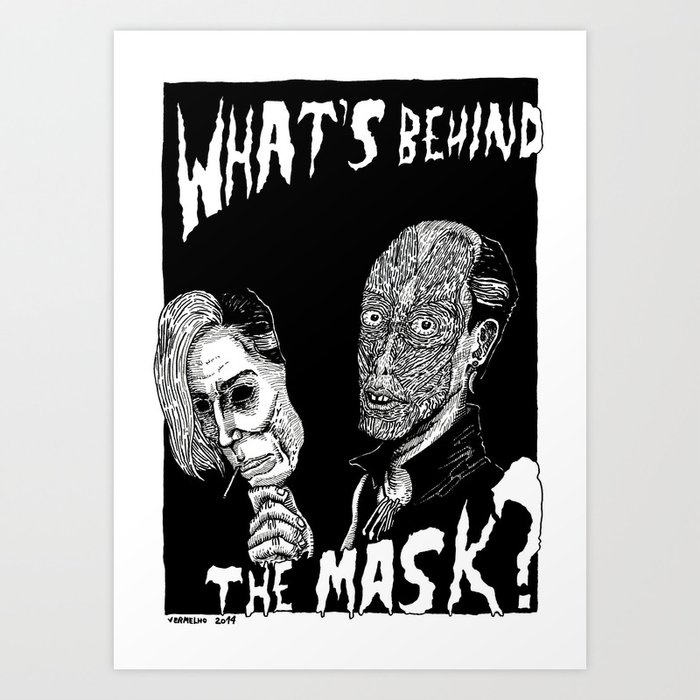
We also rely on the mouth area in a big way. For both emotions, we usually open our eyes wide. Confusion only occurred for certain emotions.įear and surprise.

We examined this question with scarves, niqabs and masks. In the study, observing the area around the eyes was usually enough to recognize someone else’s feelings. The corners of the mouth turn up, and laugh lines appear around the eyes. Facial muscles-the zygomaticus major and the orbicularis oculi-also contract. A real smile does not only move the mouth. But I and my colleagues know from one of our studies, which will be published soon, that this is not the case: People’s ability to recognize emotional expressions does not get worse if their mouth and nose are covered. Recognizing a smile is much more difficult when the mouth is covered. It often helps to smile at others to ease social tensions. On the other hand, if you are a devoted mask wearer, you will probably be more sympathetic to the other person. If you’re someone who thinks that the current protective measures go too far, a person with a mask may appear gullible, if not downright foolish.


Whether the person with a mask makes a positive or negative impression depends mainly on what you think about mask wearing. How does that affect the perception of someone looking at you? If you wear a mask correctly, you cover your nose and mouth-half of your face becomes unrecognizable. How does that practice change basic communication? Does a face covering impair social interaction? Facial expression and emotion researcher Ursula Hess, deputy dean for international affairs at the faculty of life sciences at Humboldt University of Berlin, provides some answers in this interview with Scientific American’s German-language sister publication Spektrum der Wissenschaft. People wear one on the bus or train, during shopping trips or at doctor’s appointments. In many places all over the world, a mask has become mandatory to slow down the spread of SARS-CoV-2.


 0 kommentar(er)
0 kommentar(er)
